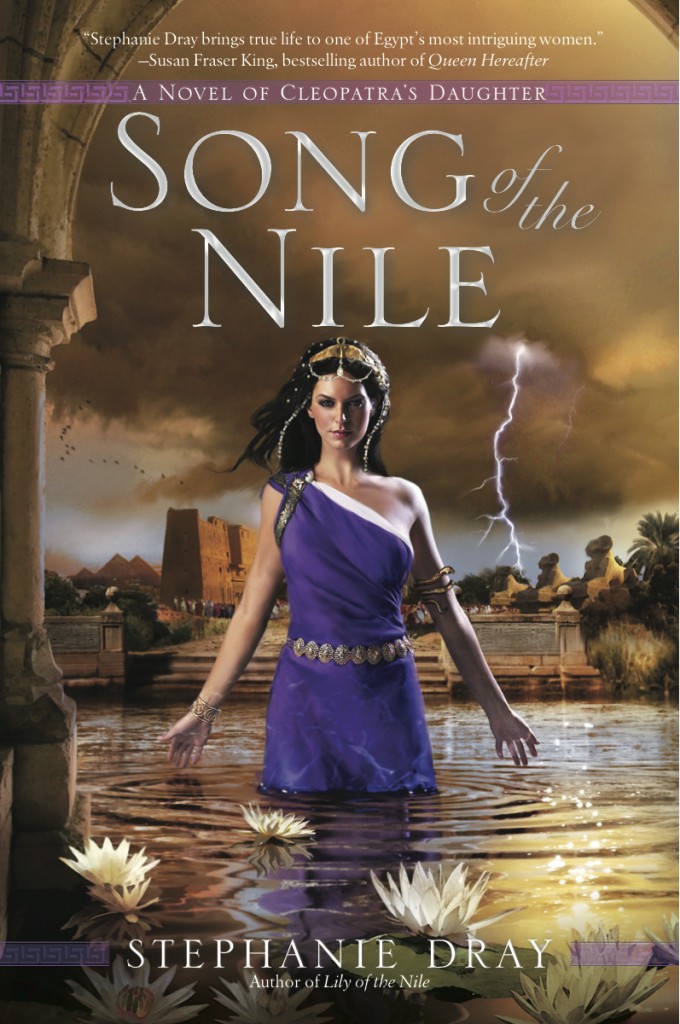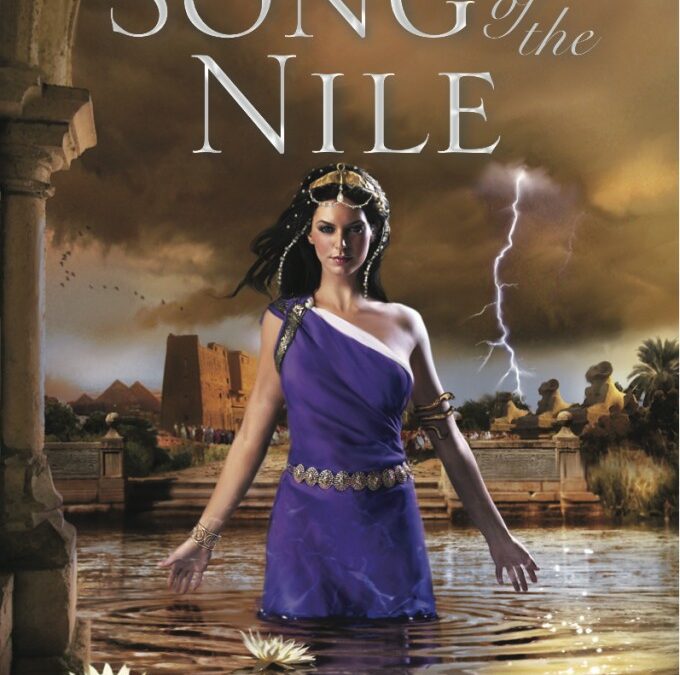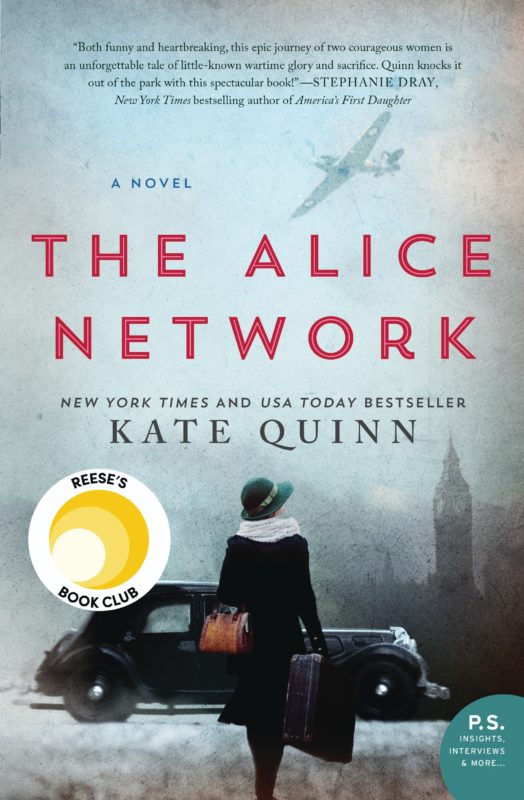 I met historical fiction novelist Stephanie Dray for the first time last week in celebration of her second book’s release, and frankly I am getting nervous. She is kind and witty, self-deprecating and sassy, a sparkling conversationalist and an eager listener–just like a lot of the writers I’ve been lucky enough to meet. Are there no trolls in this business? Or am I just lucky enough only to meet the the nice ones? I’ve had the great privilege of meeting Michelle Moran, Margaret George, Diana Gabaldon, C.W. Gortner, Sophie Perinot, Anne Easter Smith, Christy English, Gillian Bagwell, Sandra Worth–and they were all delightful.
I met historical fiction novelist Stephanie Dray for the first time last week in celebration of her second book’s release, and frankly I am getting nervous. She is kind and witty, self-deprecating and sassy, a sparkling conversationalist and an eager listener–just like a lot of the writers I’ve been lucky enough to meet. Are there no trolls in this business? Or am I just lucky enough only to meet the the nice ones? I’ve had the great privilege of meeting Michelle Moran, Margaret George, Diana Gabaldon, C.W. Gortner, Sophie Perinot, Anne Easter Smith, Christy English, Gillian Bagwell, Sandra Worth–and they were all delightful.
I think people have the wrong idea about how writers interact. For one thing, they assume we don’t interact at all; that we spend all our time huddled in our solitary libraries over a computer, and for a large part we do. But there’s Facebook, there’s email, there are conferences where we can meet face to face–I met most of these people at the Historical Novel Society Conference this year. However we do it, lots of us get to know each other, and for the most part there’s no backstabbing and jealousy (another popular assumption about writers). The people I’ve met were all sincerely rooting for each others’ success–after all, the more of us who sell books and make historical fiction popular, the bigger the audience is and we all benefit.
The other popular assumption is that if we don’t hate each other, we cheat. Write blurbs for each other just to get a blurb back, talk up each other’s books when we haven’t read them–a big incestuous group all scratching each other’s backs just to get a scratch in return. I haven’t seen much of that, either. If anything, there’s a slightly nervous look on both faces when two writers meet for the first time. I like your books so much; what if I don’t like you? I like you but I haven’t read your books; what if I hate them? It’s a great relief once you can relax, realizing that you like both an author and their work.
The other relief in meeting a fellow historical fiction author is that here at last is someone who understands. Here is someone who nods unfazed as you start reeling off the family tree of the Julio-Claudian emperors; who gets your toss-off reference to the Wars of the Roses; who shares your interest in Egyptian mummies. Those of us with a passion for history are resigned to blank stares or rolled eyes from those who think we’re weirdos for knowing more about the wives of Henry VIII than the husbands of Elizabeth Taylor. Meet another HF writer and after a while there is a great internal shout of “Yes! She GETS me!”
Finally, there’s a relief in knowing you aren’t alone. Writers do spend a lot of time alone, and most of us like it that way–but at times one misses the cameraderie of an office or worksite, work friends to bitch and moan with about work problems. With only two books published, I’m a relative newbie in the author scene–I went at it alone for the first few years. Now my circle is expanding, and I’ve realized that I do have work friends. They may be scattered all over the country, but they’re as supportive as the office friends I used to meet around the water cooler.
So what do two authors of historical fiction do when they meet up? Stephanie Dray and I hit an Indian restaurant for lunch where, yes, roast goat was on the menu. We agreed it was something both her Egyptian heroine Selene and my Roman heroine Thea would have eaten, and we’d be fools not to follow suit. So we ate goat and dished on Isis worship, Roman emperors, plotting problems, and snarky reviews. Lunch turned into coffee; Stephanie wheedled a couple of spoilers from Empress of the Seven Hills out of me, and I wheedled a few from her on the next Selene book (sorry, we’re both sworn to secrecy). Stuffed with goat and coffee, we parted good friends.
Stephanie, congratulations again on the launch of Song of the Nile. Next lunch is on me.








